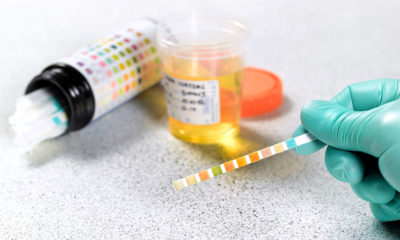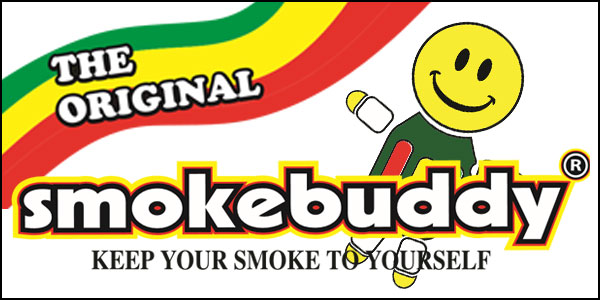
Legal
The Problem With Drug-Free School Zones
These zones, located across the U.S., are really “enhanced drug penalty checkpoints.”
On the morning of March 4, Tyler Ray Cordrey, 22, and London Giovani Felix, 23, were driving through suburban Salisbury, Maryland, when they were pulled over by a local sheriff’s deputy. The pretext for the stop was an unspecified “equipment violation” — cop-talk for a broken tail-light or similar minor, non-criminal issue — but as local news outlet Delmarva Now reported, the officer smelled an “overwhelming odor” of marijuana. Thus, a search ensued, and turned up two ounces of cannabis — about $400 worth — as well as a digital scale and some plastic sandwich bags.
You probably think you can see where this is going. But unless you saw the two men charged with a felony crime for which the maximum penalty is a 20-year prison term, you thought wrong.
Maryland is moving towards relaxing its marijuana laws. The state recently legalized medical cannabis, and with 54 percent of the state’s voters in favor of legalizing marijuana for adults, legislation or a ballot measure to end penalties for marijuana use may soon follow. But for now, weed is not legal. The two men might have been charged with only misdemeanor possession, but they also had the scale and the sandwich baggies — the tools of a small-time dime-bag dealer, which means intent to sell. But there was something else: Salisbury Middle School, less than 1,000 feet away.
Maryland is one of the many places with “drug-free school zone” laws. Any drug-related crime committed within an invisible 1,000-foot radius of a school campus is eligible for enhanced penalties. Never mind that the pair were pulled over on a Saturday morning, when the school was as busy as a cemetery, or that 1,000 feet is the length of more than three football fields, or several city blocks. The school’s mere presence was enough to see the pair charged with felony intent to distribute in a school zone, which carries the maximum 20-year penalty.
Across the United States, punitive drug laws are slowly changing, but in much of the country, these changes do not apply near schools. Forty-three states allow for enhanced drug penalties if the crime occurs within 1,000 feet of a school. And according to a Dec. 2013 review published by The Sentencing Project, seven states allow for more severe penalties for drug crimes more than 1,000 feet away from a school.
Drug-free school zones are instituted under the guise of protecting children from drug dealers. But as the Sentencing Project observed, the laws creating them are “frequently drafted so broadly that they result in enhanced penalties for drug offenses that are a substantial distance from a school, that do not involve school children in the offense, or take place outside of school hours.” As Cordrey and Felix’s bust demonstrates, they are just as often used as an excuse for stricter penalties.
Across the country, “drug-free school zone” laws are misused in patently and obviously absurd ways. In 2011, police arrested an NBA player driving near a school at midnight. Two 21-year-olds arrested in Tennessee on a Wednesday night, also on pretext of a non-working light. In Louisiana, a man caught selling synthetic weed out of a private residence, which just happened to be within a school zone. In San Francisco, a man caught selling methamphetamine out of his apartment in the Castro District — unluckily located within 1,000 feet of two schools.
And in some states that have struck down punitive school zone possession laws, lawmakers are scrambling to put them back. Oklahoma has the second-highest incarceration rate in the United States. Since 2004, the state has spent nearly $1 billion on private prisons. Driving this insanity is, of course, non-violent drug offenses. Nearly half of the state’s prison inmates are there either for drugs or some other nonviolent offense. Tired of this, voters in November struck down a host of punitive drug laws and reformed others. Among the changes was reducing in severity drug possession near a school from a felony to a misdemeanor. Now, lawmakers are working to reinstate the felony charges — for possession, not sales — claiming that voters didn’t know what they were doing.
If drug-free school zones laws were meant to protect children, children would somehow be involved in every case. But they’re not. In cases like Cordrey’s and Felix’s, the only thing being “protected” is an empty building. These cases demonstrate that drug-free school zones serve as places of exception. They are convenient and sneaky workarounds to avoid what drug-war hardliners see as a growing “leniency” for nonviolent drug crimes. They are invisible vortexes, time warps where the old-school war on drugs lives on, just hoping for someone living in the present to unwittingly drive through and be subject to good old hard justice.
TELL US, do you think drug-free school zones are serving their purpose in protecting children or should they be changed?
















